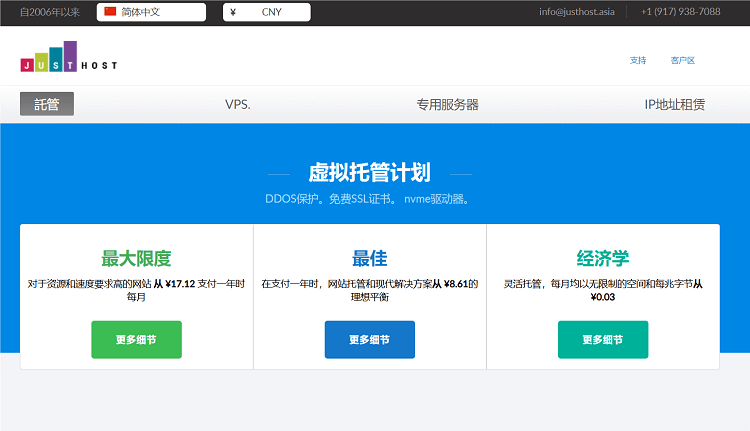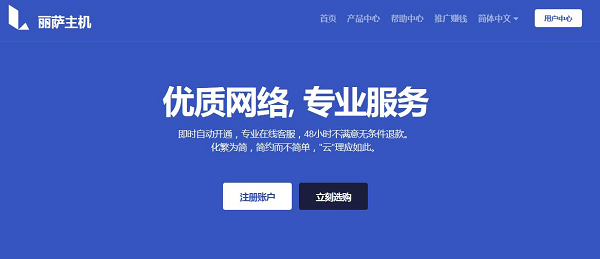是的,Python上下文管理器可以通过自定义类来实现。要实现一个上下文管理器,你需要定义两个特殊的方法:__enter__() 和 __exit__()。__enter__() 方法在进入 with 语句块时调用,而 __exit__() 方法在退出 with 语句块时调用。
下面是一个简单的自定义上下文管理器的例子:
class MyContextManager:
def __init__(self, value):
self.value = value
def __enter__(self):
print(f"Entering the context with value: {self.value}")
return self.value
def __exit__(self, exc_type, exc_value, traceback):
print(f"Exiting the context")
if exc_type:
print(f"An exception of type {exc_type} occurred with value {exc_value}")
return True # 返回True表示异常已处理,不抛出异常;返回False表示异常未处理,将抛出异常
# 使用自定义上下文管理器
with MyContextManager(42) as x:
print(f"Inside the context with value: {x}")
输出:
Entering the context with value: 42
Inside the context with value: 42
Exiting the context
在这个例子中,我们创建了一个名为 MyContextManager 的类,它接受一个值作为参数。__enter__() 方法打印进入上下文时的值,并返回该值。__exit__() 方法在退出上下文时打印一条消息,并在发生异常时打印异常信息。最后,我们使用 with 语句来使用自定义的上下文管理器。

 便宜VPS测评
便宜VPS测评










